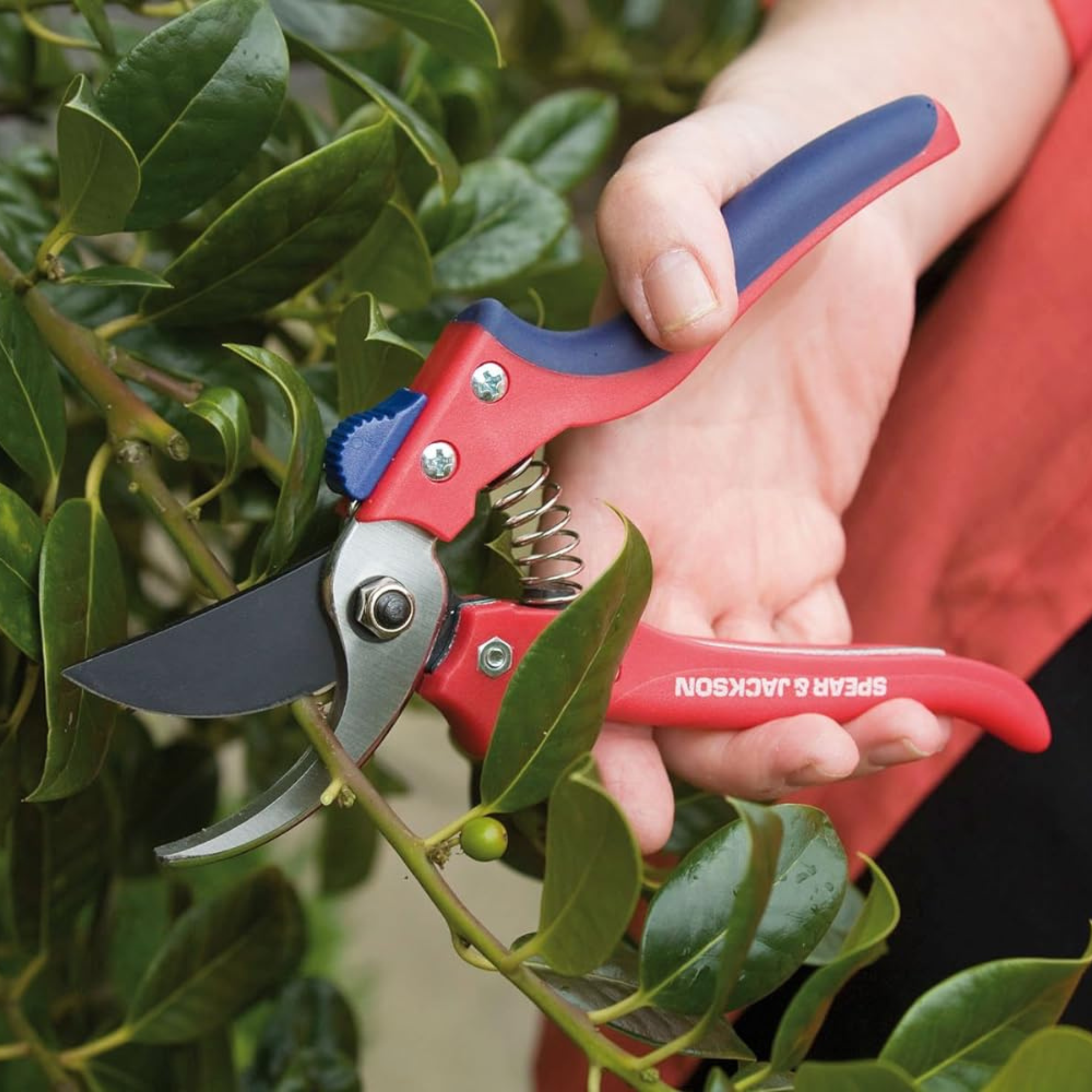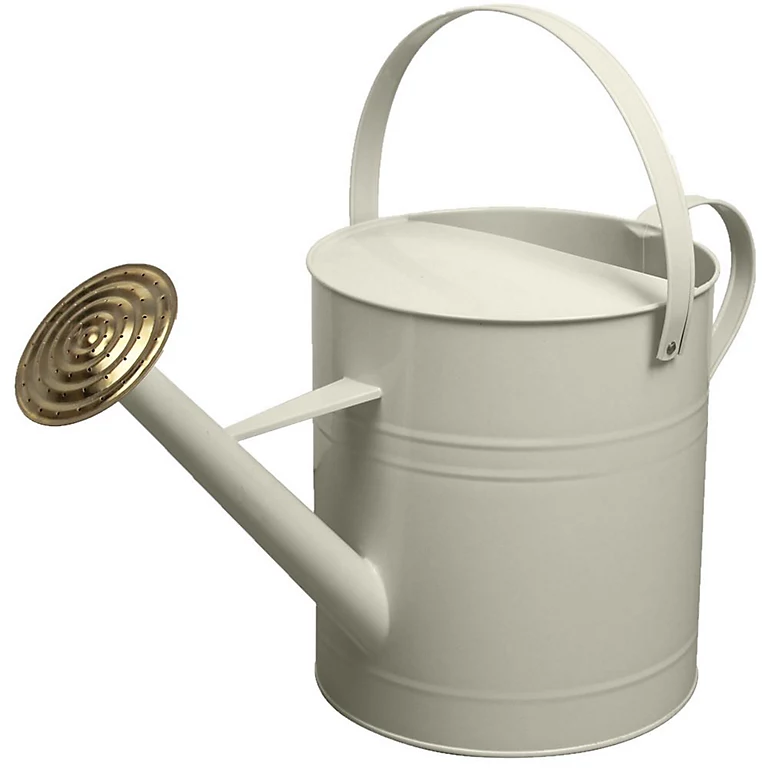August garden jobs – add these 12 tasks to your to-do list to make the most out of late summer
Give your garden a boost with these expert tips
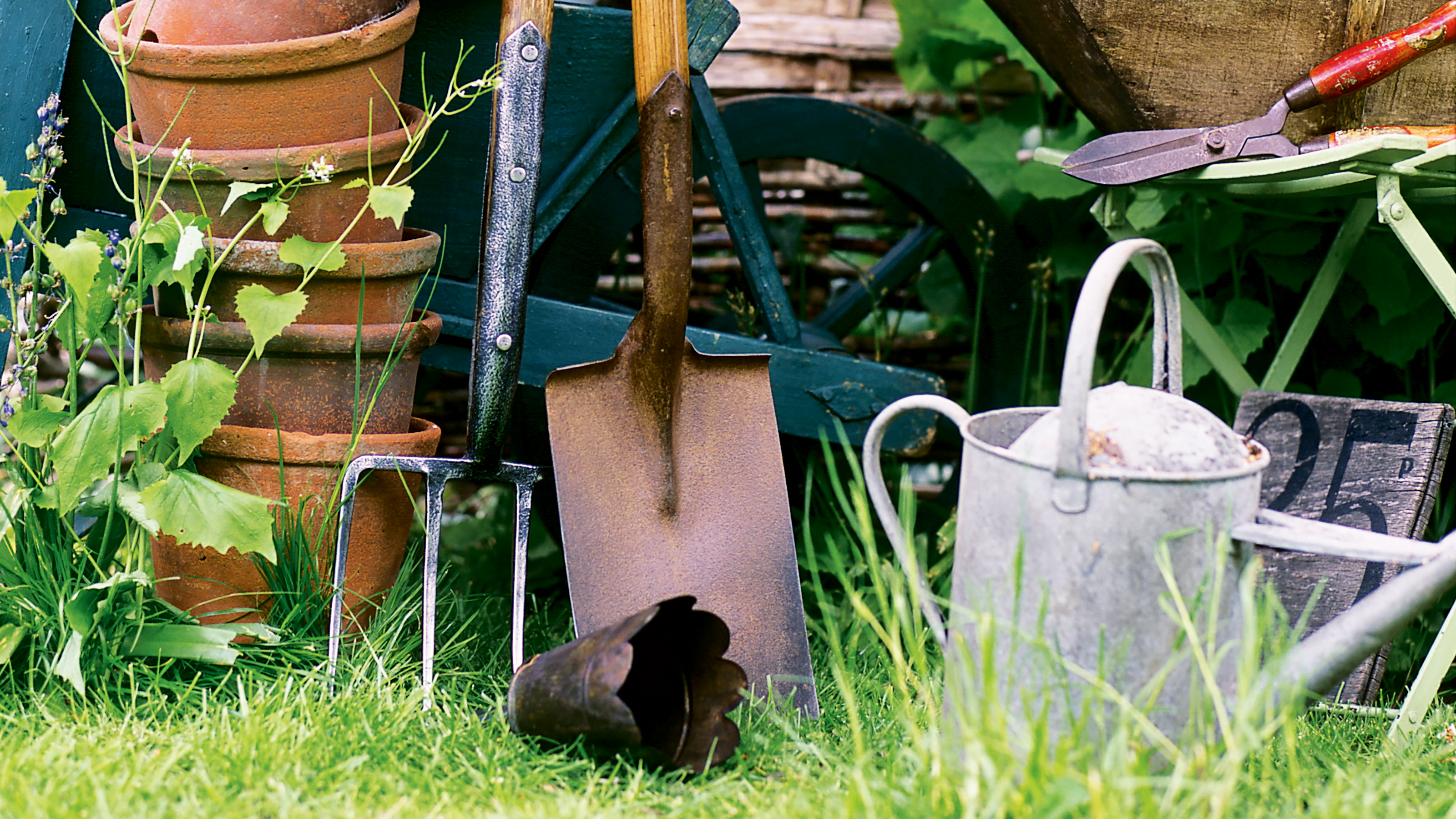
- What you'll need
- 1. Give plants a trim
- 2. Collect seeds
- 3. Lend wildlife a helping hand
- 4. Keep plants hydrated
- 5. Look after the lawn in all weather
- 6. Plan ahead if you're going on holiday
- 7. Nourish your tomato plants
- 8. Deadhead beds and borders
- 9. Trim perennial herbs
- 10. Nurture container plants
- 11. Harvest fruit and vegetables
- 12. Clean bird baths
- FAQs

It's August, and the garden is abuzz with wildlife and luscious plants. If you're looking for ways to make the most out of summer in the garden, there are plenty of August garden jobs you can add to your to-do list.
Whether you're hoping to tidy your garden before autumn arrives or still wondering what to plant in August, there's plenty to keep you busy in the garden this month.
We've asked garden experts for their guidance which August garden jobs you shouldn't skip.
Jobs to do in the garden in August
Summer is always a busy time in the garden, and the hard work doesn't have to stop just because we're nearing the end of the season.
'From cutting back tired-looking herbs to encourage new growth to preparing your garden for next spring, there’s plenty to inspire you to get outside this month,' says Dobbies' resident gardening expert and horticultural director Marcus Eyles.
We've rounded up the August garden jobs that will help you get the most out of your garden and prepare for the season ahead.
What you'll need
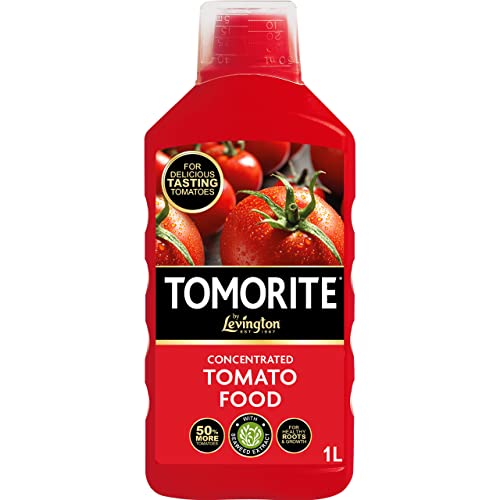
1. Give plants a trim
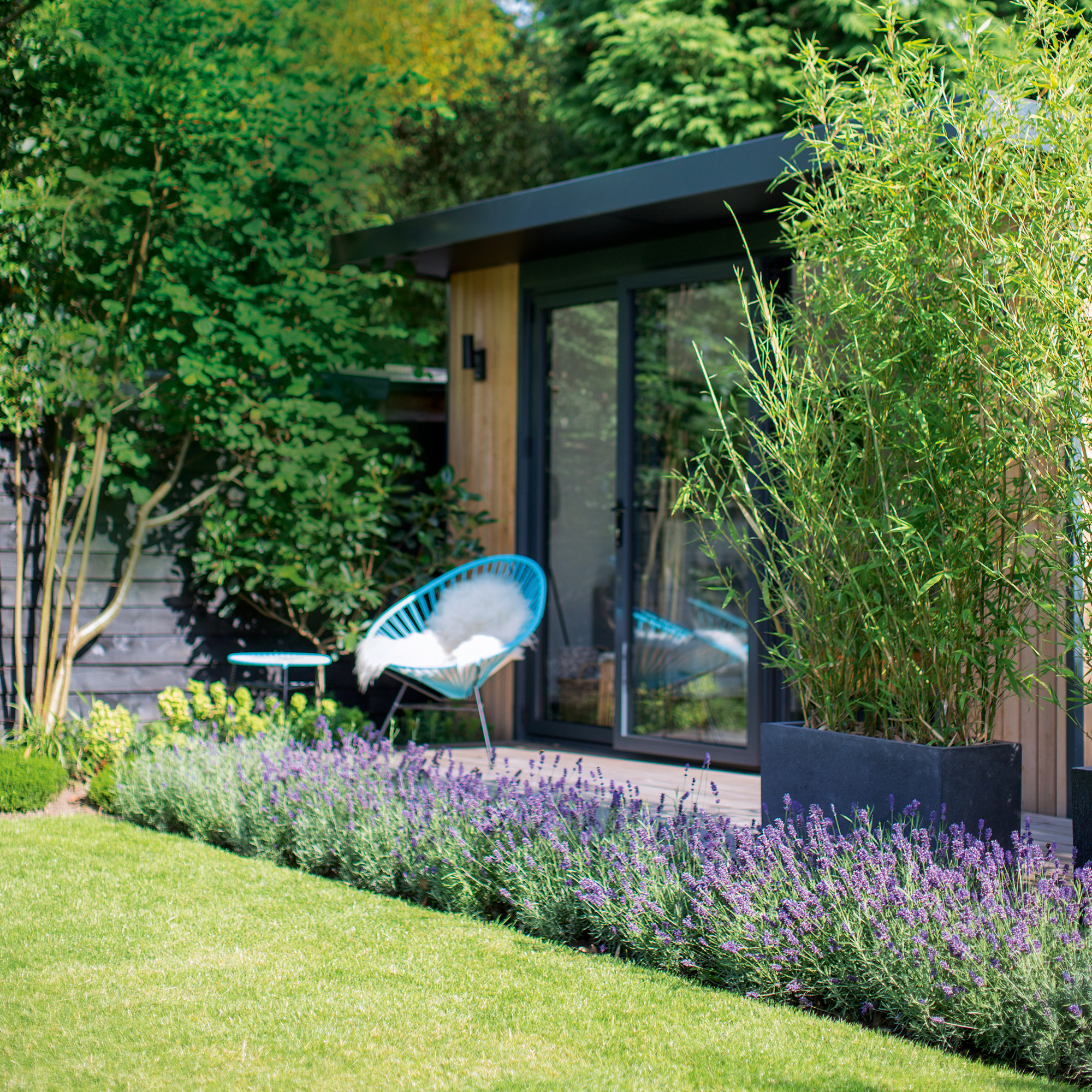
If you're wondering what to prune in August, there are plenty of options to keep your secateurs busy, from evergreen shrubs like hebes to summer-flowering plants like lavender.
Sign up to our newsletter for style inspiration, real homes, project and garden advice and shopping know-how
Some fruit trees can be tidied, too. 'Stone fruits trees can be pruned into summer, but only remove branches without fruits,' advises Morris Hankinson, founder of Hopes Grove Nurseries.
Learning how to clean garden tools will ensure any cuts you make don't cause unnecessary damage or infection.

Morris Hankinson is the founder and managing director of Hopes Grove Nurseries Ltd, the UK’s only specialist grower-retailer of hedging plants. After graduating with a Commercial Horticulture Degree from Writtle College, Essex in 1992 Morris established the nursery the same year on a half-acre plot at the 25-acre family farm in Tenterden, Kent.
2. Collect seeds
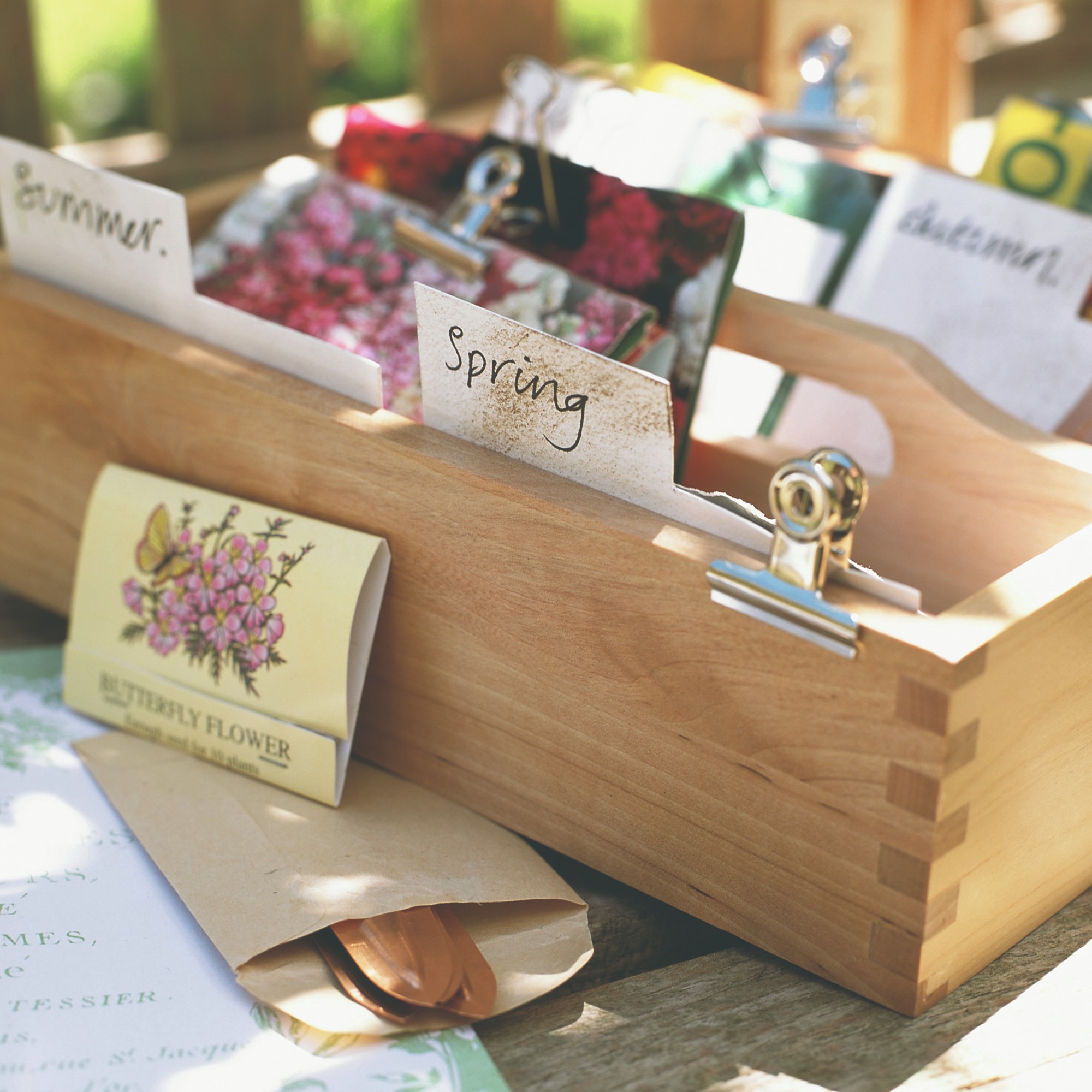
Pruning isn't the only thing you can do with spent plants - you can collect seed from many varieties to store for next year.
'During August, plants you might find are ready for seed collection include poppies, nigella, marigolds, sweet peas and some herbs,' says Morris. 'Instead of deadheading old flowerheads, leave them on the plant to develop and dry out. At this point, you can either snip the seed head and shake the seeds out in a paper bag, or take the seeds straight off the plant.
'For seeds to remain viable for sowing, they do need to be kept cool and dry in a dark place over winter. A paper bag is a good idea, or a glass jar in a cupboard.'
3. Lend wildlife a helping hand
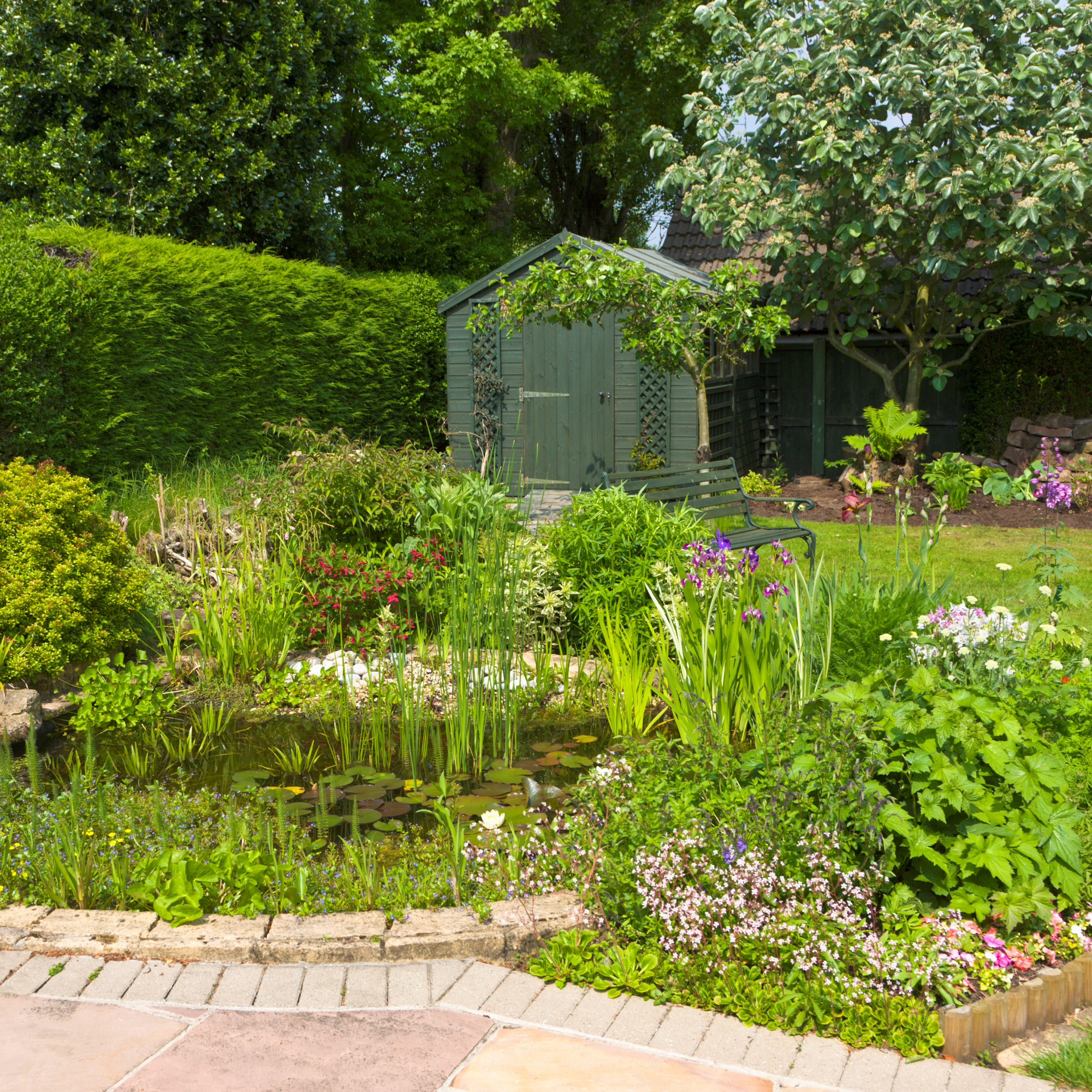
Look out for wildlife during the hot weather, topping up water features like ponds and bird baths to help visitors to your garden stay cool.
You can also try creating a mud-puddling spot for butterflies to provide them with extra minerals and nutrients. 'Puddling is also a vital part of butterfly behaviour,' says Sean McMenemy, garden wildlife expert and founder of Ark Wildlife. 'When they’re not fluttering about, male butterflies often engage in mud-puddling as a way of charming the ladies!
'Creating a puddling spot for butterflies is easy. Simply mix some soil with water in a shallow dish, place it in a spot that gets a good mix of direct sunlight and shade, and keep it topped up with water. If you want a more straightforward solution, consider adding a Universal Wildlife Water Drinker - perfect for all garden wildlife.'
4. Keep plants hydrated
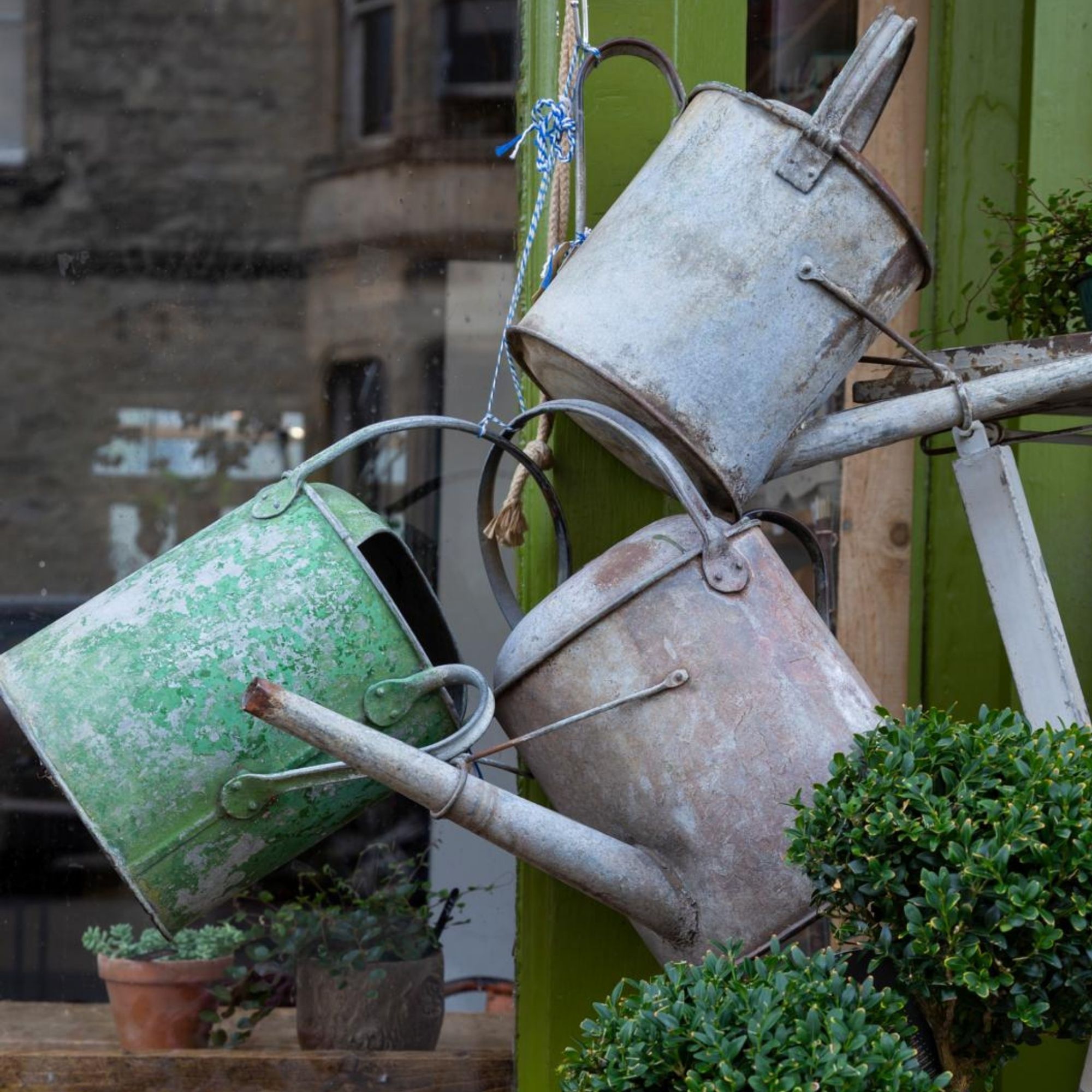
As temperatures rise, soil moisture levels fall, so watering is paramount throughout August. When it comes to knowing how often you should water your garden in hot weather, it's important to make sure you're giving your plants a good soak without waterlogging them.
'Direct water straight to the roots of plants, as this is where moisture is needed,' says Marcus Eyles, Dobbie's resident gardening expert and horticultural director. 'Don't sprinkle the leaves of plants, as little water gets to the roots.
'Water new plantings, giving a thorough soak every few days. This encourages roots to grow down into the soil rather than towards the surface. Add a thick layer of mulch to help retain moisture.'
Rather than use a hose, learn how to install a water butt for a more sustainable garden and eco-friendly idea.
5. Look after the lawn in all weather
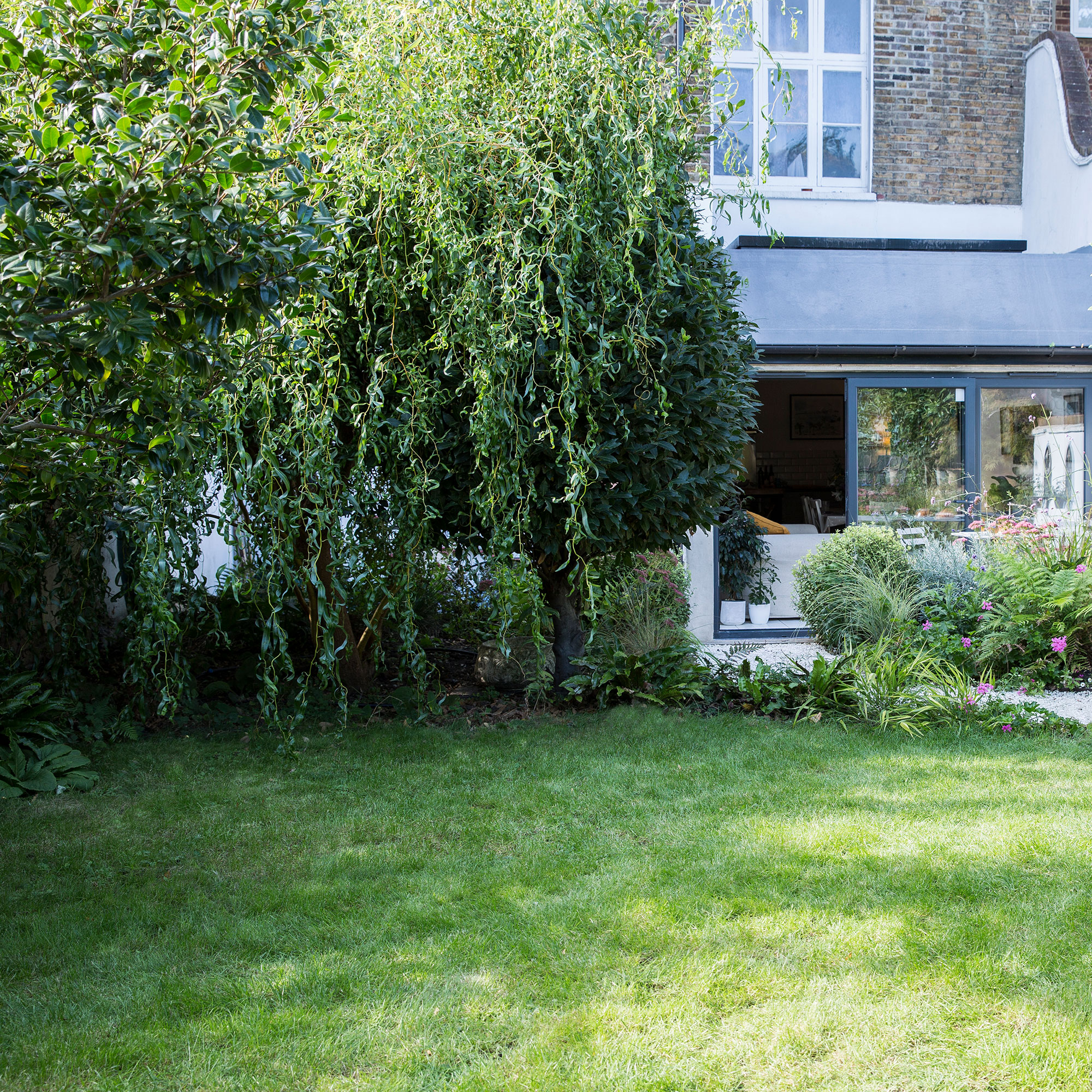
Your lawn is a lot more likely to dry out as temperatures rise. Summer downpours could be a blessing at times, but be sure to keep an eye on the lawn during really hot spells.
You'll also need to keep an eye on how you're mowing your lawn. 'For a formal lawn, regular mowing is best, but reduce the cutting height in hot weather to help prevent it from drying out,' advises Marcus. 'Keeping the blades slightly higher helps the grass resist the extra summer wear.'
6. Plan ahead if you're going on holiday
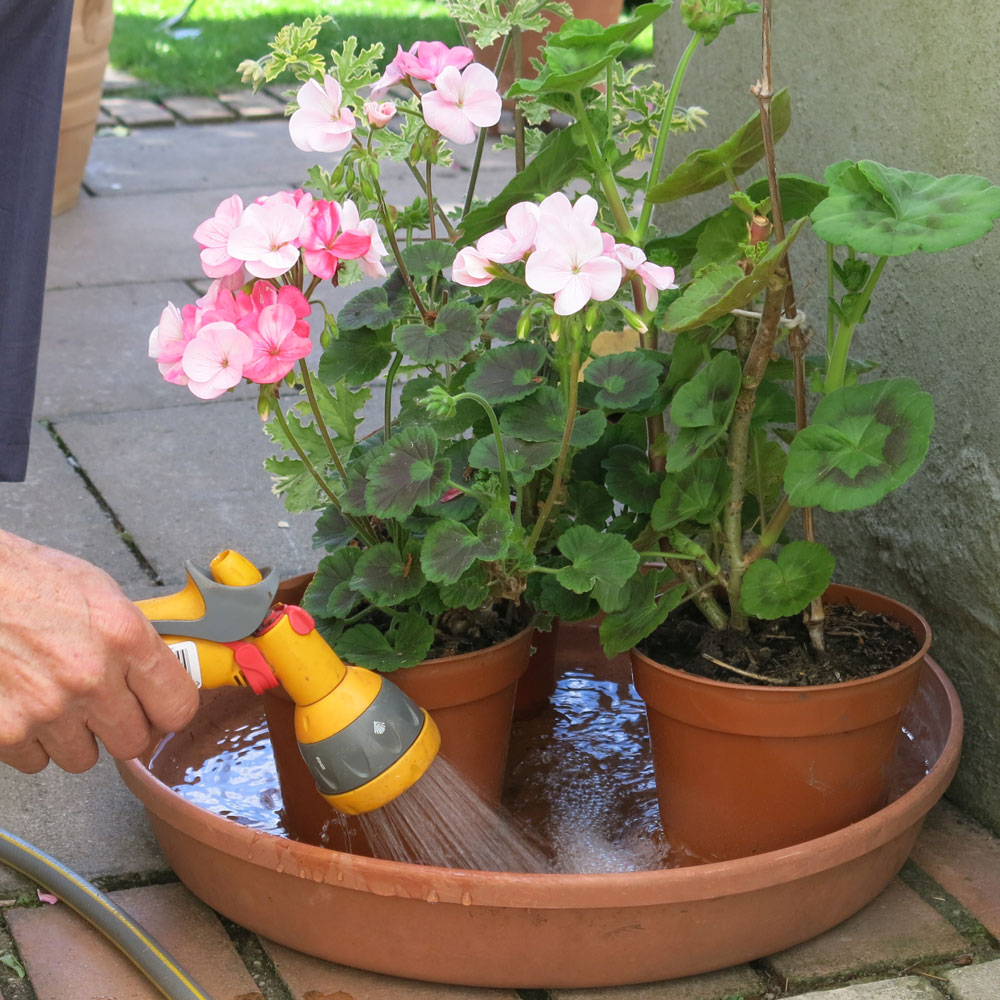
It's important to avoid neglecting your plants while you are on holiday. 'If you’re going away, move containers into the shade to reduce the rate of them drying out, or for longer holiday breaks, consider installing an automatic irrigation system,' suggests Marcus. Whether irrigation systems are worth it will depend on your time and budget.
7. Nourish your tomato plants
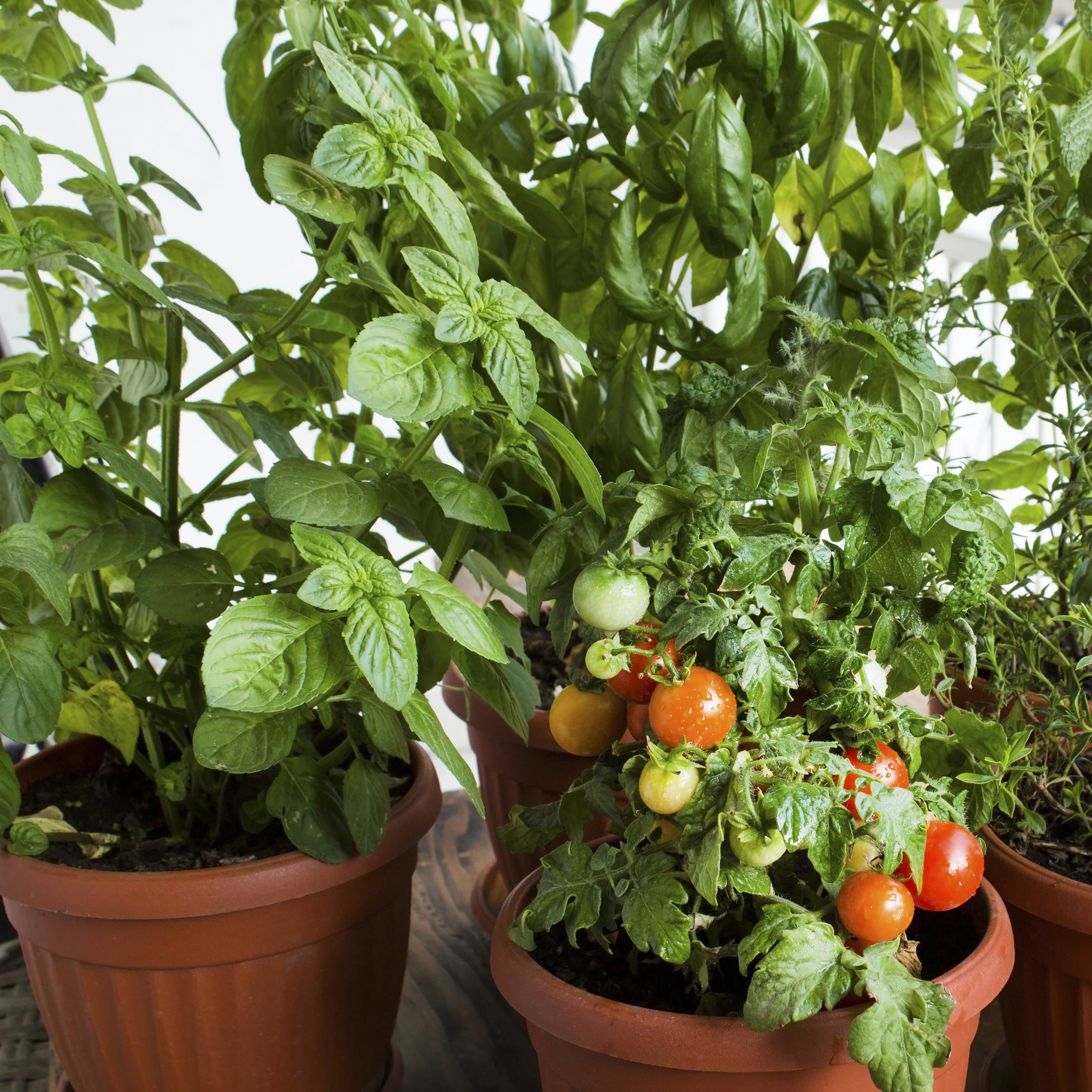
Keep your tomato plants fruiting by watering and feeding them regularly.
'Continue to water tomato plants consistently, adding a high potash tomato feed for healthy growth and fruiting,' advises Marcus. 'Remove the lower-level leaves from your tomato plant to help reduce its risk of disease and keep it thriving for longer.'
You should also pinch out the side shoots on cordon varieties to direct the plant's energy into producing more tomatoes. Learning how to prune tomato plants effectively can make all the difference.
8. Deadhead beds and borders
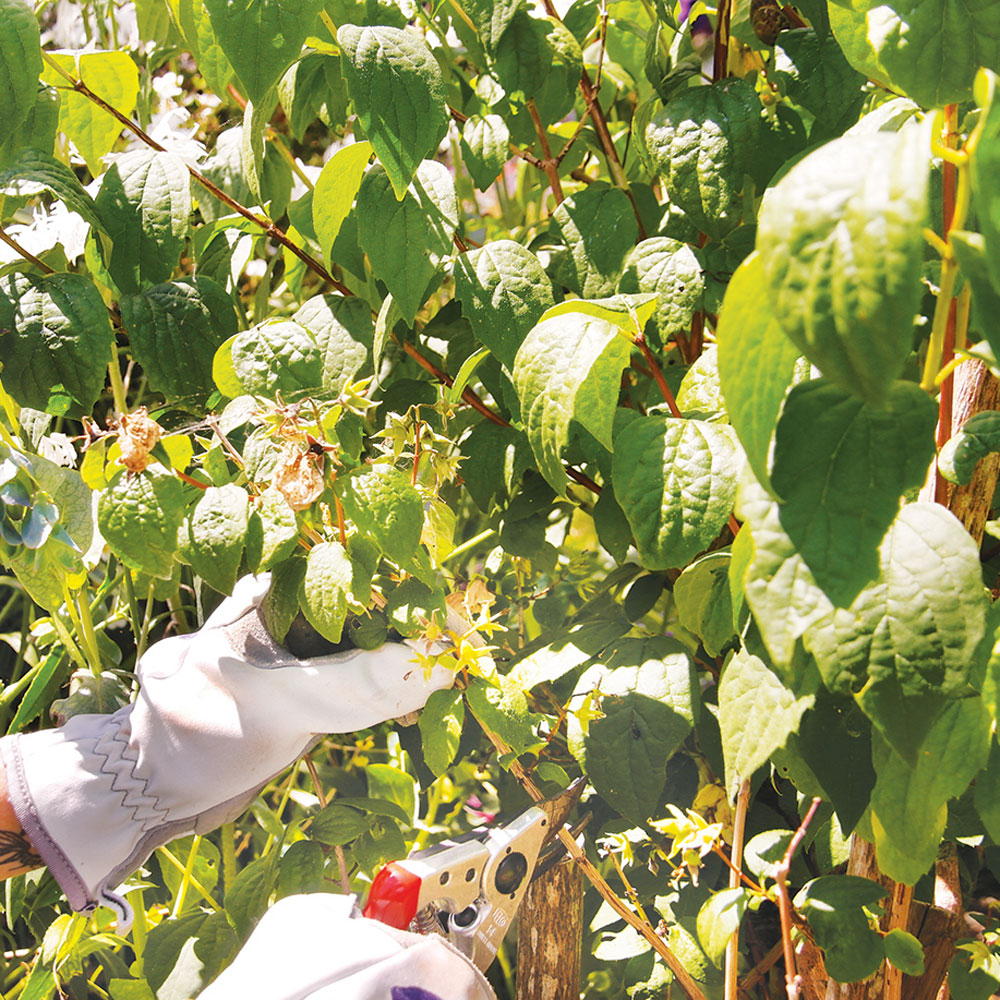
Deadheading ensures that plants maintain a healthy, continual bloom, and August is the ideal month to trim potted petunias and dahlias.
Dahlias have tough and stringy stems, so opt for secateurs, scissors or knives when removing the flower heads. 'Deadhead regularly to extend the flowering season well into autumn, particularly dahlias, roses and cottage garden perennials,' adds Marcus.
9. Trim perennial herbs
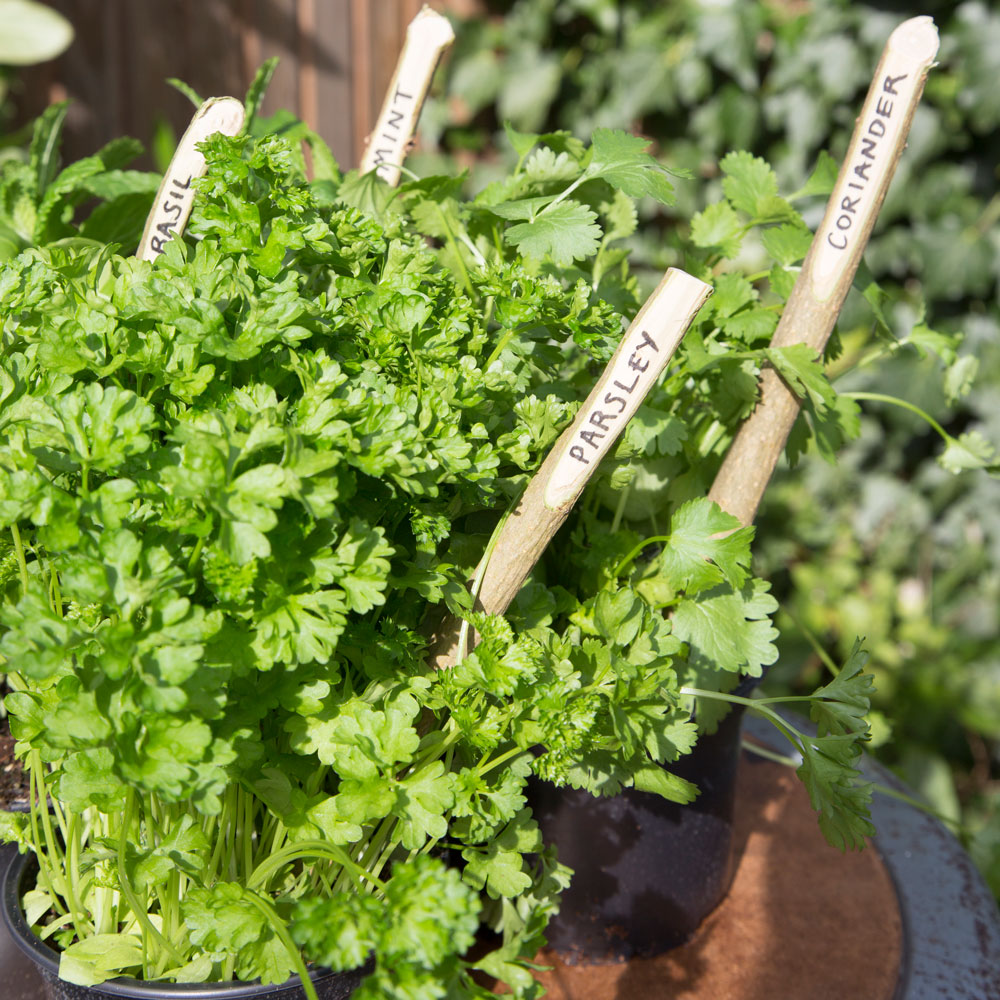
Whether you’re looking to flavour your meat or garnish your cocktails, herbs are the plants of the moment and a fantastic addition to gardens of all sizes.
'Cut back herbs such as chives, mint and parsley, especially those that look tired,' says Marcus from Dobbies Garden Centre. 'This will encourage fresh new growth for a continued supply of leaves for summer dining.'
Oregano and thyme are perennial herbs which mean they grow back each year without needing to be replanted. To promote their growth each year, trim them in August before the winter months hit to ensure they withstand the frost.
10. Nurture container plants

You should still be liquid-feeding any container plants, but stop once they finish flowering and begin to enter their dormant autumn-winter state.
'Regularly water container plants, daily in hot weather, adding a liquid fertiliser like tomato feed every other week to encourage strong, healthy growth and continual flowering through to the autumn,' Marcus advises. 'Remove spent flowers to encourage more to grow.'
11. Harvest fruit and vegetables
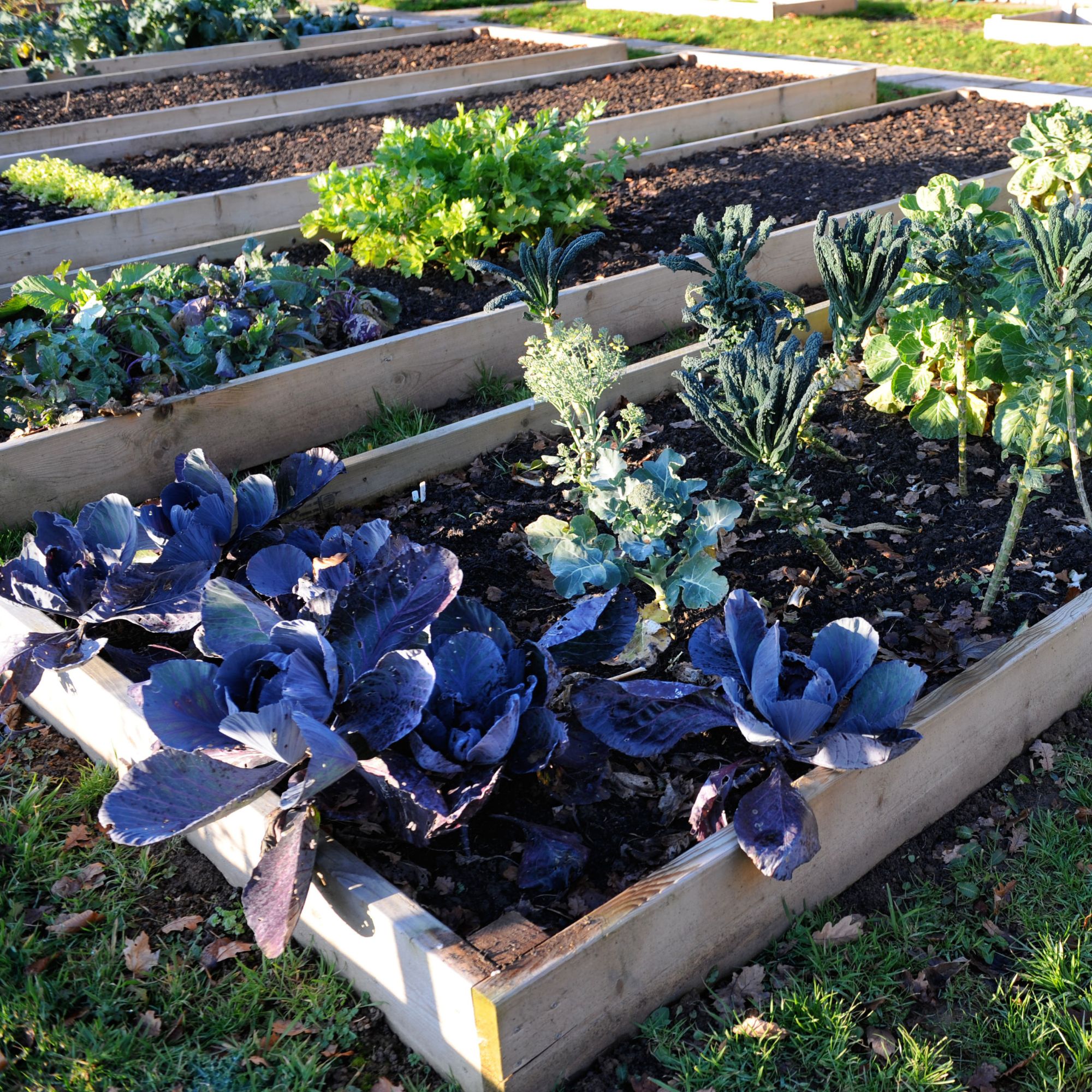
It's another busy month in the vegetable garden, and there's plenty of harvesting to be done. Tomatoes, radishes, beetroot and lettuce are just some of the freshly-grown ingredients you can add to your kitchen.
'Keep picking courgettes when they are young and tender to encourage more to follow,' says Marcus. 'Continue to water squash and pumpkins well while they ripen under the summer sun.'
12. Clean bird baths
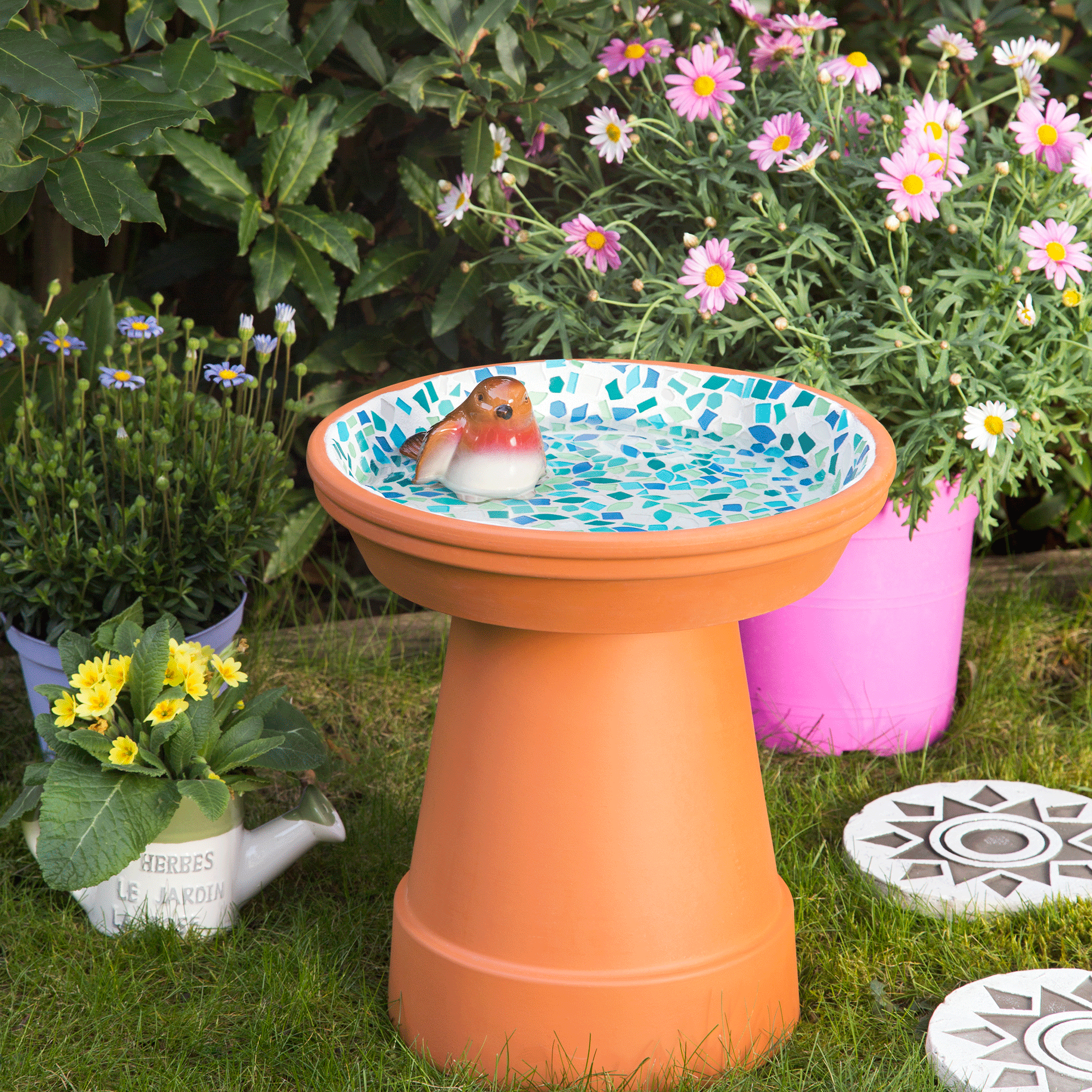
Bird baths will quickly evaporate in extreme heat or become full of algae growth which can stagnate the water. Remember to clean them regularly, and keep them topped up with fresh, cold water to help our birds during the midday heat. Simple wildlife garden ideas like this can turn any outdoor space into a haven for nature.
'There are a number of bird table designs that feature roofs, meaning some extra shade on sunny days,' adds Marcus.
FAQs
What is the best thing to plant in August?
If you're wondering what to plant in August, there are so many options. If you're looking to add new flowers to your garden, consider sowing marigolds and poppies for early blooms next season. If you're after easiest vegetables to grow, opt for radishes and lettuce for a fresh supply well into the colder months.
What vegetables can you sow in August?
As well as the fast-growing vegetables mentioned already, you might want to consider sowing hardy vegetables that will stand the winter, ready for harvesting next year. Spring cabbages are a great option, and frosts are even said to enhance the flavour of some varieties, like 'January King'.
Which of these August garden jobs will you be adding to your to-do list?

Sophie joined the Ideal Home team as Gardens Editor in June 2024. After studying English at Royal Holloway, University of London, she began writing for Grow Your Own, which spurred on her love of gardening. She's tried growing almost every vegetable under the sun, and has a soft spot for roses and dinnerplate dahlias.
As Gardens Editor, Sophie's always on the lookout for the latest garden trend. She loves sharing growing hacks for every space, from herbaceous borders to balconies.
